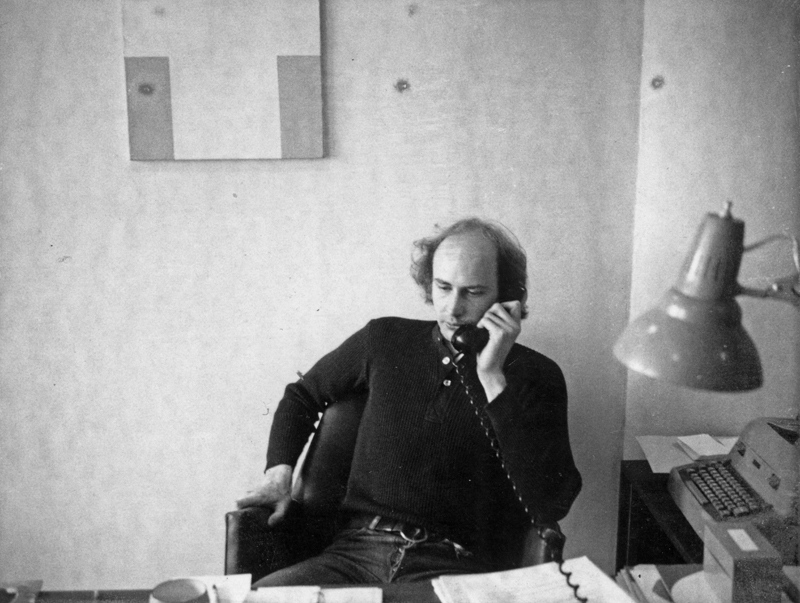After Douglas Crimp Questionnaire Response: Marc Siegel
Answer Louise Lawler’s question in October: “What would Douglas Crimp say?” Or, to follow the title of Lawler’s exhibition: Why Pictures Now? We could call it, “Why No Pictures Now.” Louise Lawler’s contribution to the section commemorating Douglas Crimp in October 171 (Winter 2020) is heartwrenchingly brilliant. “What would Douglas Crimp say?” Confronted with the emptiness of his absence, that’s the question many of Douglas’s friends ask themselves almost every day. Doing so is one way of activating memories and keeping Douglas’s perspectives and inquisitive attentiveness alive within us. In this or that enjoyable or difficult situation, confronted with this or that theoretical, political, or amorous conundrum, in the midst of this or that culinary or aesthetic experience, what would Douglas Crimp say? Lawler’s question, of course, is posed in a specific context. It appears as title and sole text of her remembrance of her friend in the art journal for which Crimp served in various editorial functions over approximately thirteen years. As editor and author between 1977-1990, Crimp helped shape the journal’s development as …

